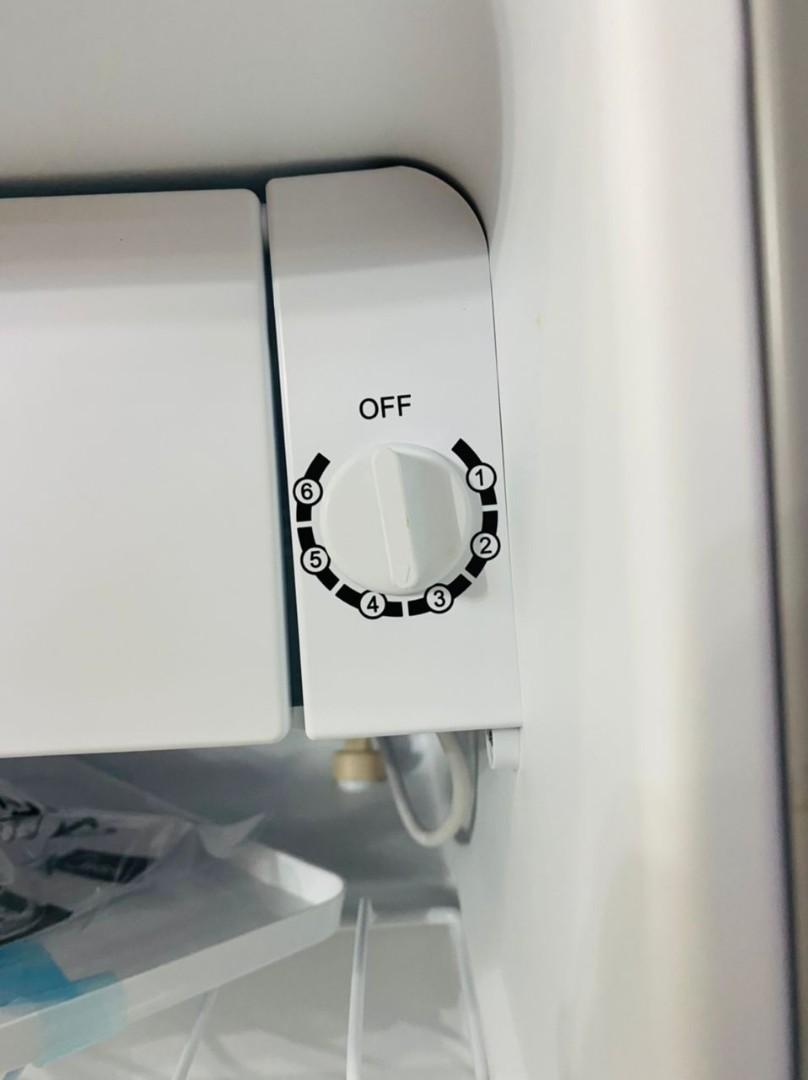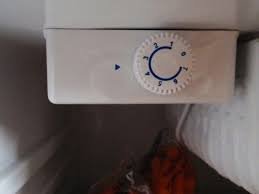When it comes to ensuring your beverages and perishables are perfectly chilled, knowing the ideal temperature setting for your mini fridge is crucial. At TheKitchenApplianceDad.com, we understand that the size and type of your mini fridge can influence the best temperature settings. Here’s a comprehensive guide to help you find that perfect chill.
Understanding the Importance of Proper Temperature Settings
Maintaining the right temperature in your mini fridge is not just about keeping your drinks cold. It’s about optimizing the appliance’s efficiency and extending the longevity of both the fridge and the food items stored inside. Incorrect temperature settings can lead to increased energy consumption, reduced appliance lifespan, and, most importantly, spoiled food and drinks.
What Factors Influence the Ideal Temperature?
Before we dive into the specifics, let’s outline the factors that might affect the optimal temperature setting of your mini fridge:
- Type of Items Stored: Different products require different storage temperatures. For instance, dairy products and meats need lower temperatures compared to beverages.
- External Climate: The ambient temperature where the mini fridge is located can affect its internal temperature. A warmer environment might require setting the fridge to a cooler setting.
- Fridge Location: Placement can also influence performance. A mini fridge should not be placed directly in sunlight or near heat-producing appliances.
- Frequency of Use: The more often a fridge is opened, the harder it has to work to maintain a cool temperature inside.

Recommended Temperature Settings for Mini Fridges
The general rule of thumb for the ideal temperature setting for refrigerators, including mini fridges, is between 34°F and 40°F. Here’s why:
- Safety First: Temperatures above 40°F can promote bacterial growth, which can lead to foodborne illnesses. Keeping your mini fridge at or below this temperature helps ensure that your food and beverages remain safe to consume.
- Energy Efficiency: Keeping the temperature towards the lower end of the range (without going below 34°F) can help conserve energy. Temperatures lower than necessary cause the fridge to work harder, which can lead to increased energy bills and wear on the appliance.
Specific Settings for Different Uses:
- For Beverages Only: If you’re using the mini fridge solely for beverages, a setting around 35°F to 38°F is typically sufficient. This keeps drinks cold enough for refreshment without risking freezing.
- For Perishable Foods: If storing perishable food items like dairy, meats, or leftovers, aim for the lower end of the spectrum, around 34°F to 36°F. This helps prevent spoilage and maintains food quality.
- Mixed Storage: When storing both beverages and perishables, setting the fridge at about 34°F is safest. Adjust based on which items dominate the storage.
Tips for Maintaining the Ideal Temperature
Achieving the perfect temperature in your mini fridge isn’t just about setting the dial correctly one time. Here are some tips to maintain consistent cooling:
- Regular Maintenance: Keep the condenser coils clean. Dust and debris on the coils can impair the fridge’s ability to cool efficiently.
- Check Door Seals: Ensure that the fridge door seals are tight and not worn out. Poor sealing can lead to cool air escaping, forcing the fridge to work harder.
- Avoid Overloading: Overpacking your mini fridge can block air vents, leading to uneven cooling. Allow for adequate air flow inside.
- Monitor Temperature Regularly: Invest in a fridge thermometer to keep an eye on the internal temperature. This is especially useful if your mini fridge lacks a built-in thermostat.
What If Your Mini Fridge Isn’t Cooling Properly?
If you’ve set your mini fridge to the recommended temperatures but it’s not cooling properly, consider the following steps:
- Check the Thermostat: It might need recalibration or replacement.
- Inspect the Door Seal: Replace if it’s loose or cracked.
- Clean the Coils: Dirty coils can significantly impact performance.
- Consider Professional Help: If basic troubleshooting doesn’t fix the issue, it might be time to call in a professional.
Key Takeaways
To encapsulate the essentials of setting your mini fridge to the perfect chill, here are the key points:
- Ideal Temperature Range: Set your mini fridge between 34°F and 40°F.
- Adjust Based on Use: Lower temperatures for perishables, slightly higher for beverages.
- Maintenance is Crucial: Keep the fridge clean and well-maintained to ensure efficiency.
- Monitor and Adjust: Use a fridge thermometer to keep track of temperatures and make adjustments as necessary.
Understanding and maintaining the ideal temperature for your mini fridge can significantly enhance the performance of your appliance while ensuring the safety and longevity of its contents. At TheKitchenApplianceDad.com, we aim to provide you with practical insights to make the most out of your kitchen appliances. By following the guidelines above, you can enjoy perfectly chilled beverages and safelystored food items, ensuring your mini fridge serves you well for years to come. Whether it’s a compact model tucked under your office desk or a secondary unit in your home, proper temperature management is key to its effectiveness. Remember, a well-maintained mini fridge is a happy mini fridge!


